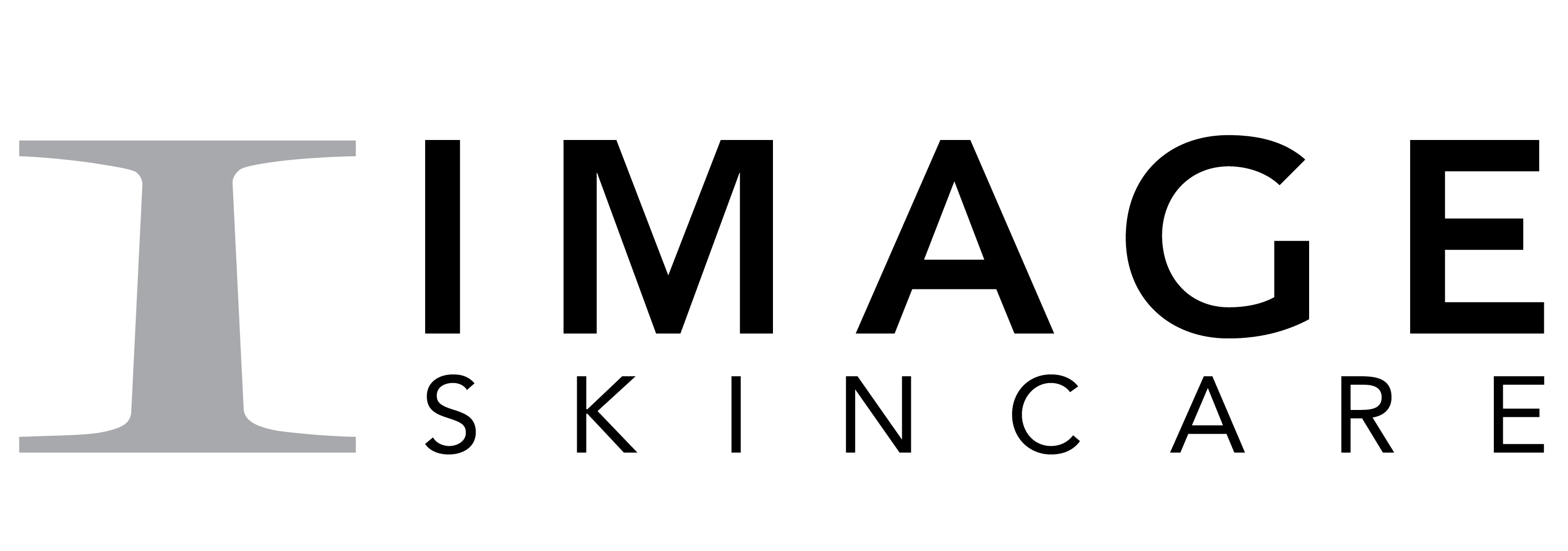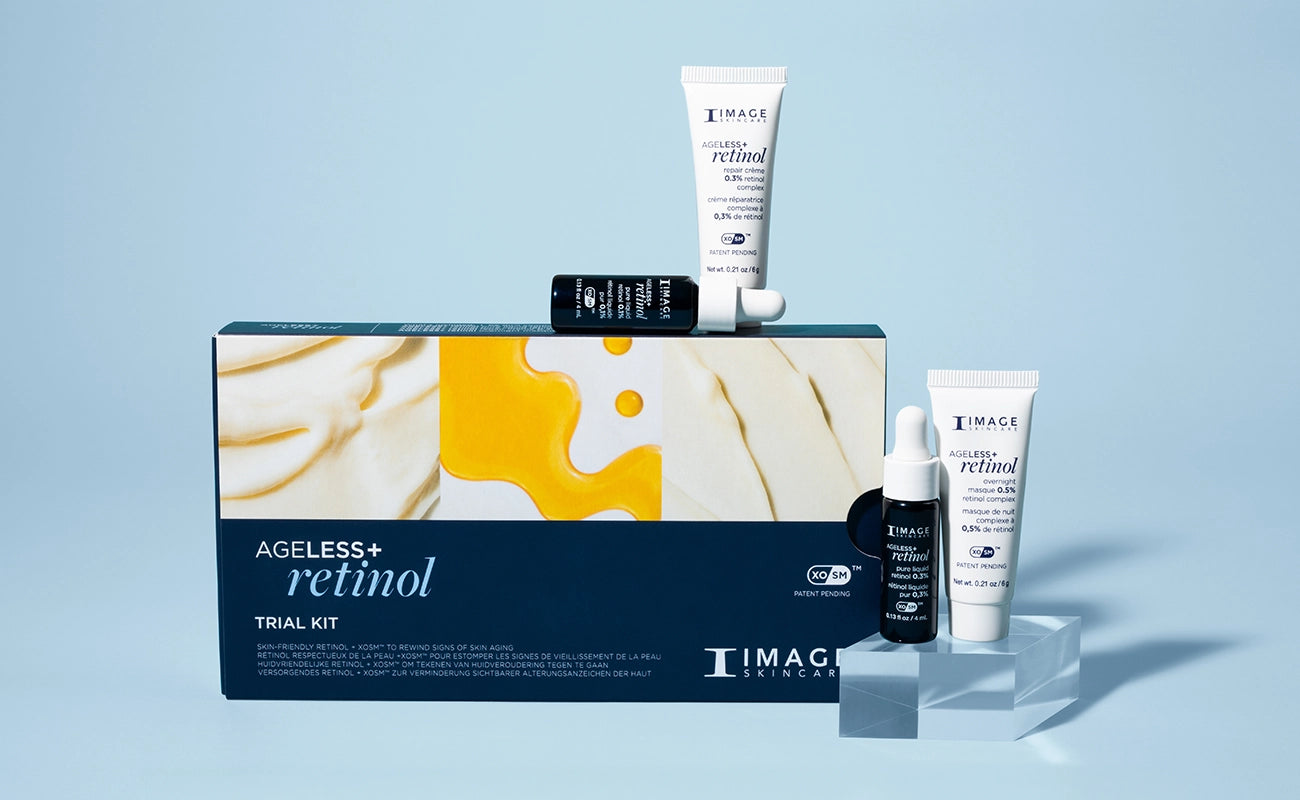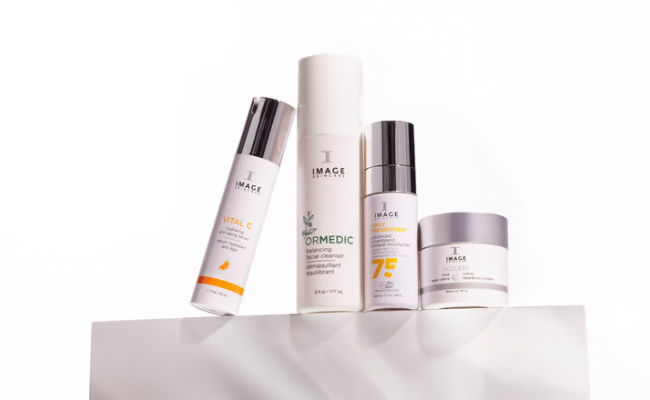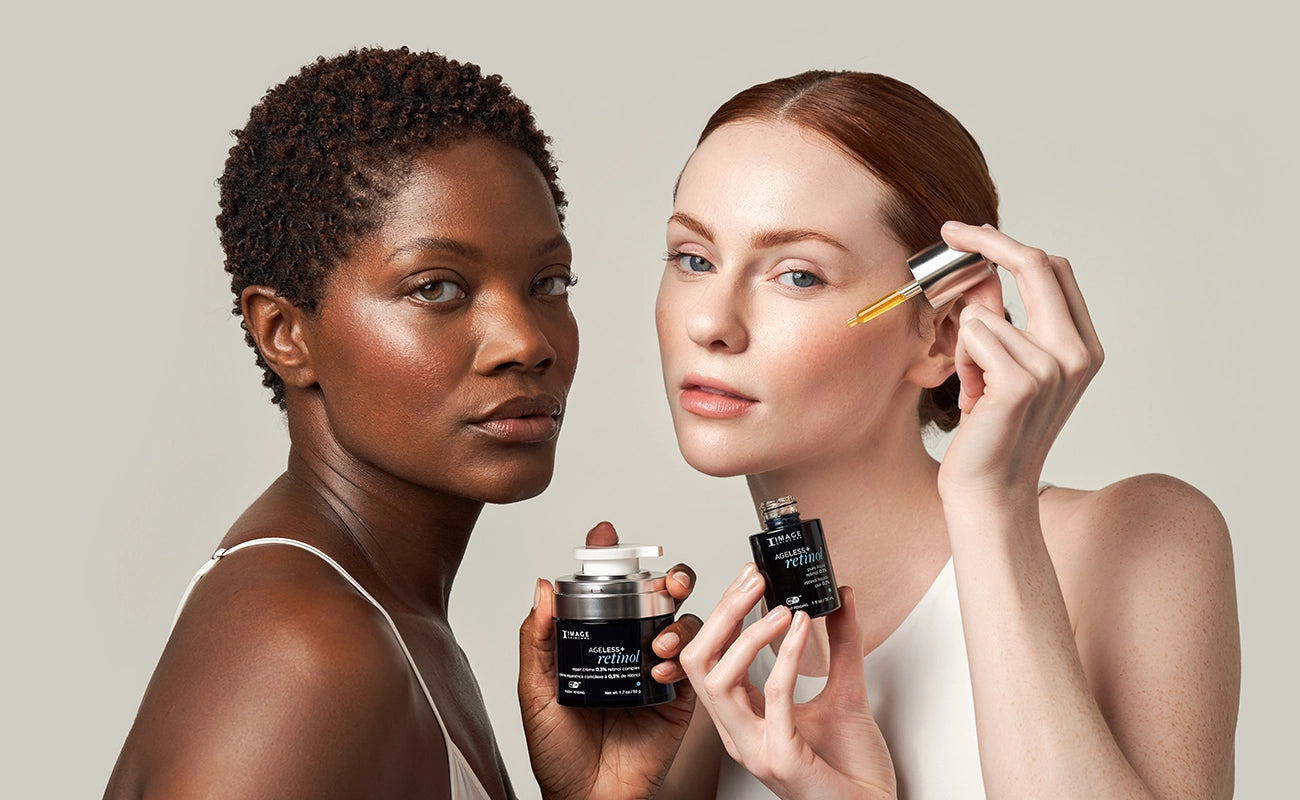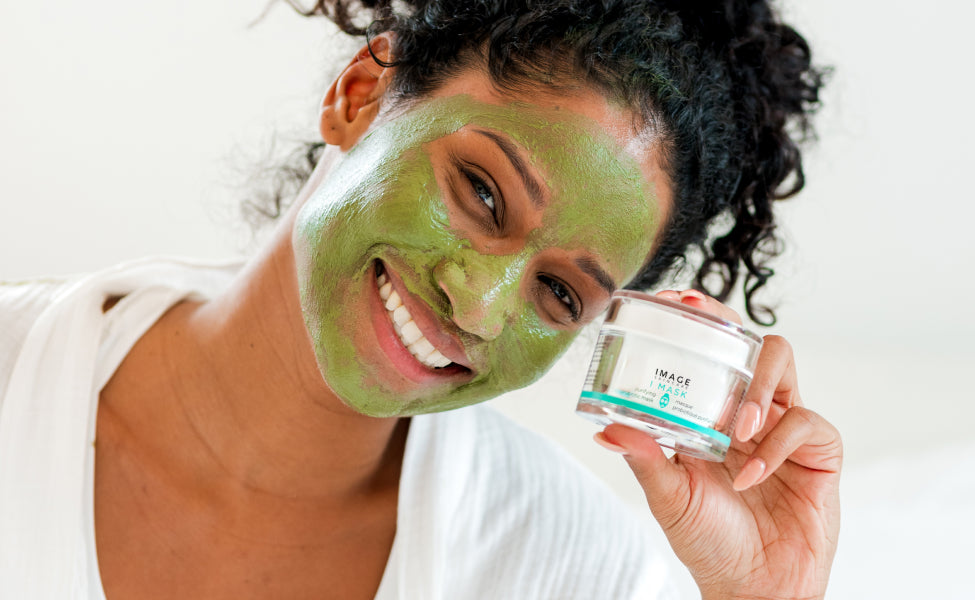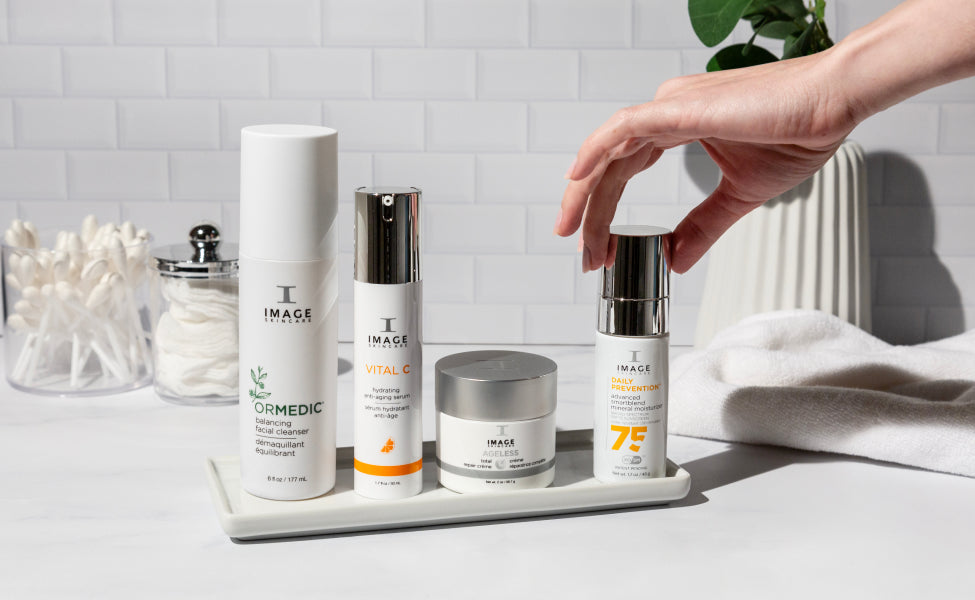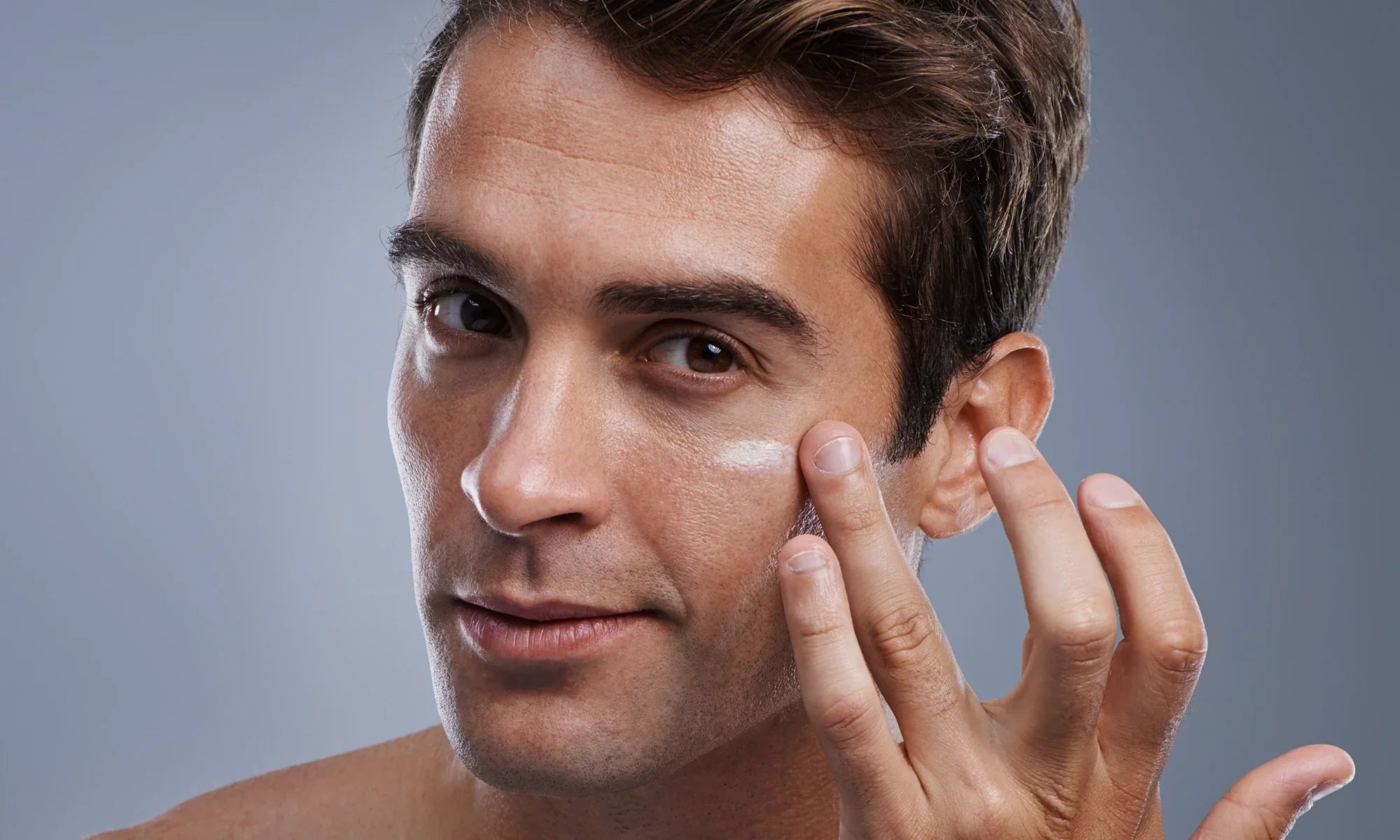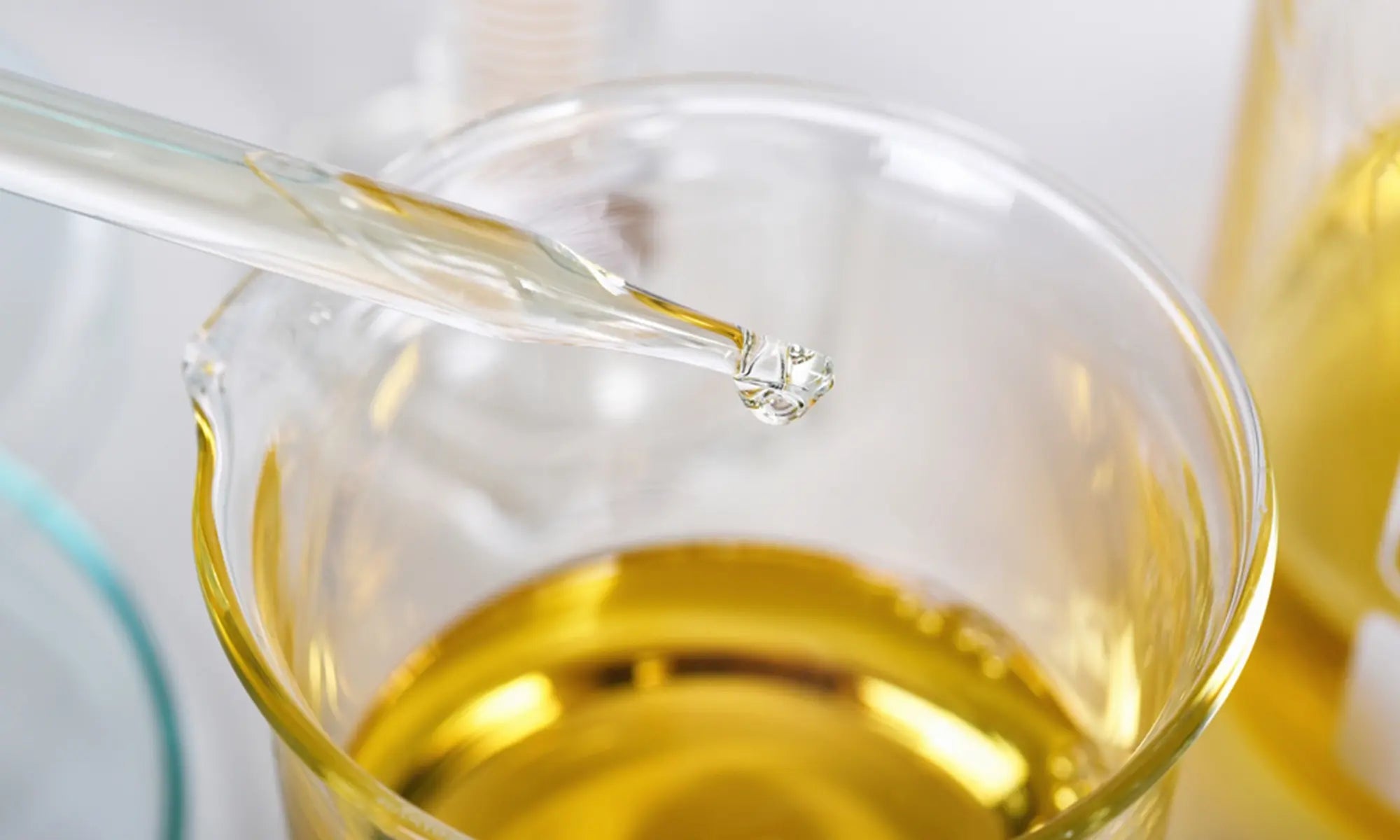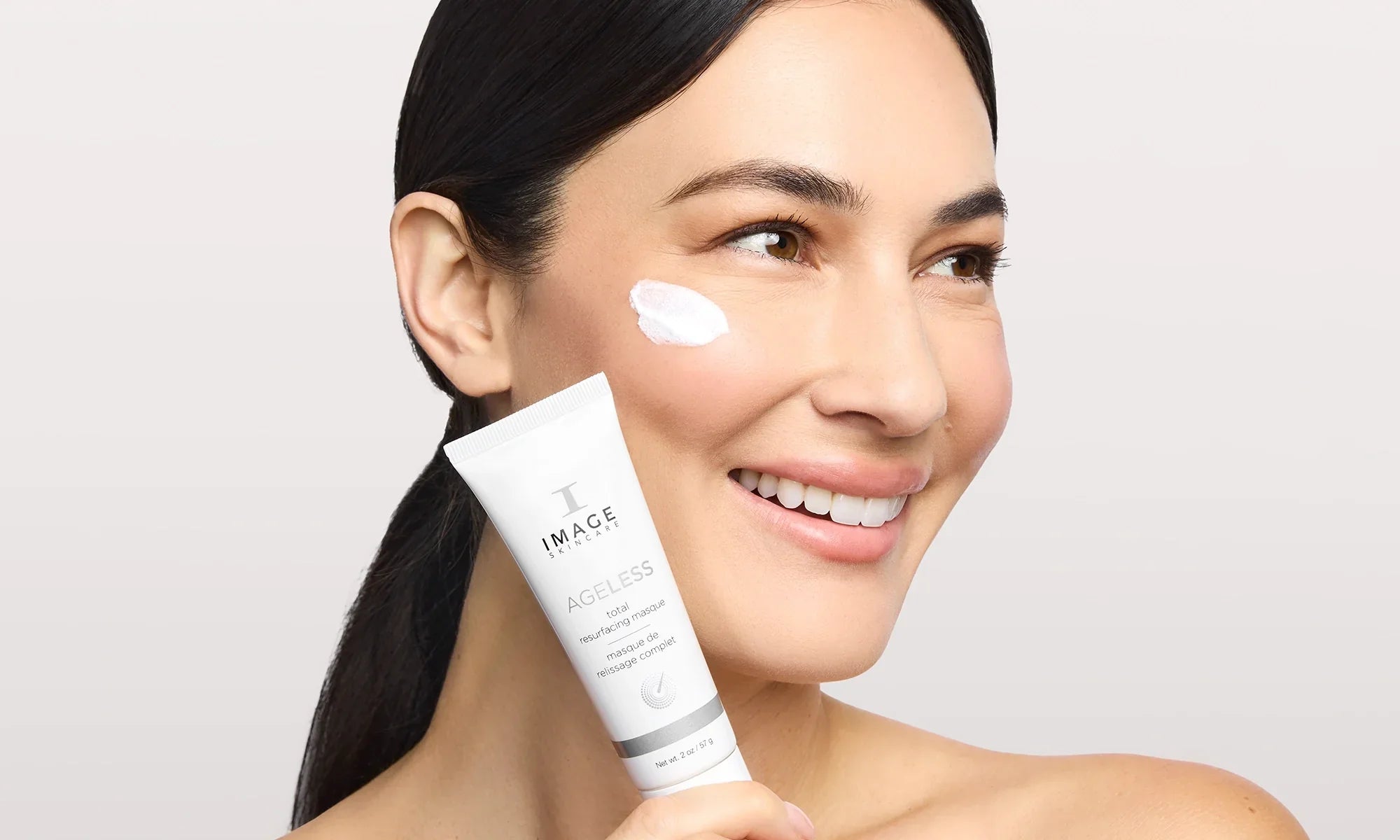
How to Exfoliate the Right Way
Exfoliation is one of the fastest ways to reveal fresh, luminous skin—yet the sheer variety of scrubs, peels and powders can feel overwhelming. Whether you favor an at-home ritual or a pro-grade treatment, understanding how to properly exfoliate keeps your complexion clear, comfortable and photo-ready.
Done correctly, a single session can enhance makeup glide, turbo-charge serum absorption and instantly reboot your glow. Done carelessly, it can leave you sensitized, flaky and frustrated—the opposite of your skincare goals, and—when practiced mindfully—sets the stage for long-term dermal vitality overall.
What is exfoliation and what does it do?
Your epidermis renews itself roughly every 28 days, but spent cells don’t always shed on schedule. They cling to the surface, diffuse light and trap excess sebum inside pores. Removing that micro-buildup is the entire point of exfoliation. If you have ever wondered what exfoliating does for dull or breakout-prone skin, think of it as decluttering: pores look smaller, tone appears brighter, and actives such as vitamin C or peptides penetrate more effectively. With regular use you’ll also see fine lines soften and rough patches smooth out.

Chemical vs Physical Exfoliation
When comparing chemical vs physical exfoliation, think dissolve versus buff.
Chemical exfoliants—alpha-hydroxy acids (AHAs), beta-hydroxy acids (BHAs) and fruit enzymes—melt the “glue” that holds dead cells in place.
IMAGE favorites include AGELESS total resurfacing masque for an at-home mini peel and ORMEDIC balancing gel polisher, powered by pumpkin and papaya enzymes for sensitive-skin days.


Physical exfoliants rely on fine particles to whisk away debris through touch. Our dual-action AGELESS total microderm exfoliator fuses rose-quartz micro-crystals with glycolic and lactic acids for a spa-worthy polish, while the ILUMA® intense brightening powder activates with water to create a silky foam ideal for daily maintenance.


Switching between styles—or layering a gentle enzyme polish after a grain-based scrub—lets you dial up radiance while keeping the skin barrier happy.
How to exfoliate properly
Ready to master how to exfoliate face like a pro? Start with a pH-balanced cleanser, like the ORMEDIC balancing facial cleanser. Dispense a nickel-size amount of your chosen formula and apply with light, circular strokes, avoiding the delicate eye contour. Work from the center of the face outward and down the neck; this pattern follows lymphatic flow and minimizes tugging. Use cool or lukewarm water to rinse thoroughly so no granules remain. Pat—never rub—your skin dry, then immediately layer a replenishing serum such as VITAL C hydrating anti-aging serum followed by a lightweight moisturizer.


Patch-test new acids on the jawline, introduce only one exfoliant at a time and alternate nights with retinoids to dodge over-exfoliation.
How often should you exfoliate?
Exactly how often you should exfoliate your face depends on skin type, season and formula strength. Use this dermatologist-aligned rhythm as your baseline:
Normal or combination: 1–2 times weekly with ILUMA® intense brightening exfoliating powder or a mild AHA masque.

Oily or acne-prone: Up to 3 times weekly; try CLEAR CELL salicylic clarifying pads for convenient, on-the-go decongestion.

Dry or sensitive: Once weekly with ORMEDIC balancing gel polisher, followed by VITAL C hydrating overnight masque for extra cushioning.


Professional peels: Monthly or quarterly services under an esthetician’s care jump-start renewal without daily stress.
Monitor your complexion the next morning; tightness, flaking or stinging are cues to scale back. Remember, consistency beats aggression—steady, gentle polishing wins the glow game.

When should you not exfoliate?
Press pause when your skin is compromised: post-procedure redness, active sunburn, open cuts, eczema flare-ups or severe dehydration all call for a break. Pushing through irritation can strip lipids, delay healing and trigger post-inflammatory hyperpigmentation.
If you’ve recently started a high-strength prescription retinoid or resurfacing laser, give your skin a two-week grace period before re-introducing acids or scrubs. In the meantime, focus on barrier-supportive formulas such as ORMEDIC balancing bio-peptide crème or BIOME+ smoothing cloud crème until comfort returns.


Understanding how to properly exfoliate your skin transforms your skincare routine from basic maintenance into a powerful ritual for renewal. By choosing the right exfoliator—chemical, physical, or a combination of both—you support your skin's natural regeneration, clarity, and glow. Remember to always listen to your skin’s signals, adjusting frequency and product choices as needed.
